Now
Agenda
Upcoming
Upcoming exhibitions
Online Series
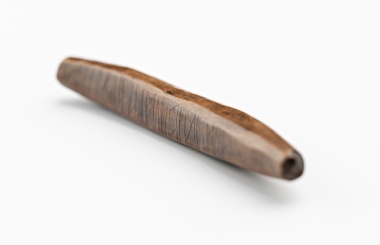
Piece of wood with runes from Westeremden
Eighth or ninth century, 12 cm long
This simple wooden stick is a highly significant language monument. Rune inscriptions are the oldest written words in a native language in our country and the inscription on this piece of yew wood is the longest that was ever found here. Dutch literature manuals often start with the rune inscriptions and in this context this piece of wood from the Groningen village of Westeremden is invariably mentioned. The rune script had its own alphabet, called Futhark, with angular letters that were usually carved instead of written. This piece of wood was found in 1917 in the mound Westeremden. The inscription was long considered to be an incantation against the sea, but in fact is a blessing: “on this polder good fortune stays and may the yew tree keep it growing. Wemoed owns it.” The piece possibly was buried in the eighth or ninth century as building offering.
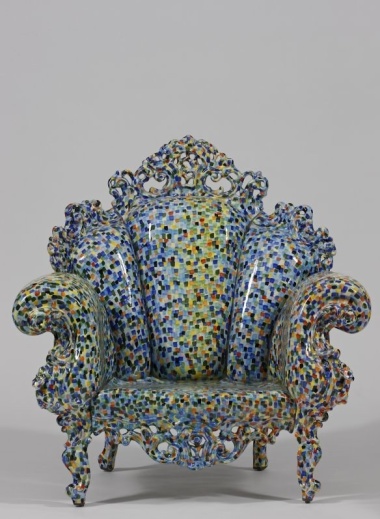
Poltrona di Proust (1979)
Alessandro Mendini
The Proust armchair is an important statement by Alessandro Mendini. It embodies his principles regarding redesign – reapplying existing shapes – and the importance of ornament. Mendini always conducts elaborate historical research beforehand. For the design of the fabric inspired on Marcel Proust, he looked into which paintings the French writer possessed. Subsequently, he found a detail from a pointillist painting by Paul Signac. He magnified the colourful dots on the wooden frame and the lining of the eighteenth-century kitsch armchair. The shape and function of the chair are covered in the motif. This turns the chair into a three-dimensional painting as well. Mendini raises the question whether it is an artwork merely to look at, or also an item of everyday use.
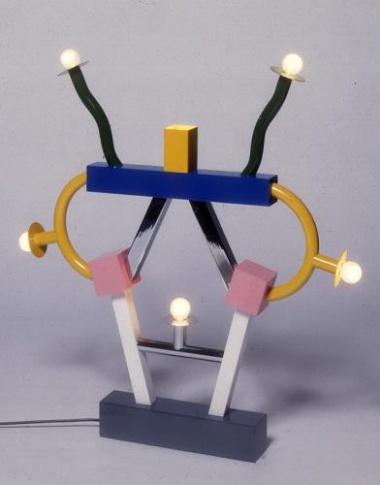
Ashoka (1981)
Ettore (Jr.) Sottsass & Memphis Milano
The lamp’s name, Ashoka, was not chosen coincidentally. What does this name mean? In the early sixties the lamp’s maker, Ettore Sottsass, resided in India and worked together with local artisans. It was a time of spiritual experiences, in contrast with the materialistic society in the United States he became acquainted with earlier. Flower power as opposed to aggressive advertising. Both influenced the Memphis style. Ashoka (304-282 BC) is considered one of the greatest Indian emperors. Thanks to him, Buddhism spread across India and later the world. The arms of the lamp spread light to all points of the compass, like a modern, many-armed Buddha.
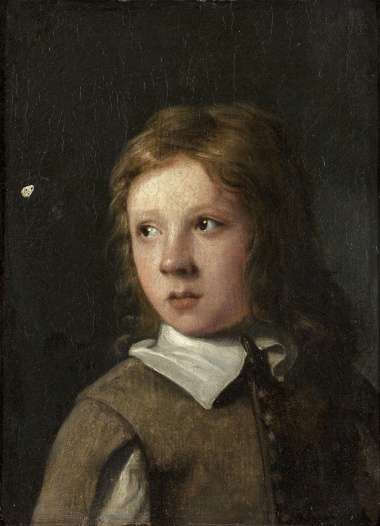
Head of a boy, 1655-1661
Michael Sweerts
A boy is looking at a soap bubble floating right past his face. In seventeenth-century painting, the bubble was considered a symbol of transience, yet that meaning does not seem to apply to this charming scene. The sober, intimate painting is made by Michael Sweerts, of whom approximately twelve such stilled paintings of young people have been preserved. Some propose an affinity with Vermeer’s famous Girl with a Pearl Earring, but whether the two artists knew each other cannot be established. The Brussels-born Sweerts was a devoted catholic who worked in Rome for a long time, where he had many Dutch clients and received a knighthood from the Pope. He left for Asia to become a missionary in 1662. This, however, turned out to be unsuccessful. He died in India two years later.
Exhibition archive
View all exhibitions
400 original objects from the Stones’ personal archive
The Rolling Stones - Unzipped
View exhibition

Pink Floyd, Led Zeppelin, Genesis, Paul McCartney, Peter Gabriel & 10cc
The Art of Hipgnosis
View exhibition

Fashion, design, and music
Gianni Versace Retrospective
View exhibition

Good News for Modern Man
LaChapelle
View exhibition
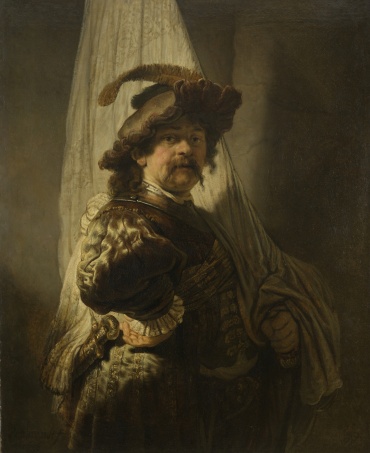
Rembrandt van Rijn
Rembrandts Vaandeldrager
View exhibition
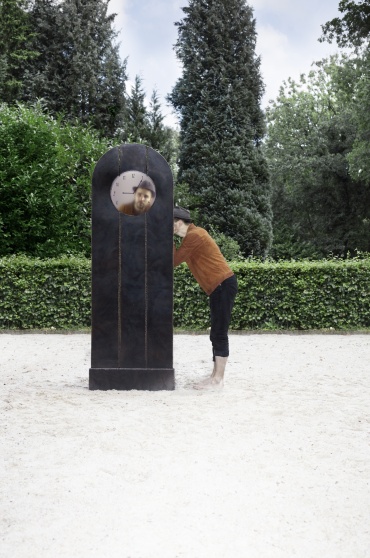
Hide & Seek
Maarten Baas
View exhibition
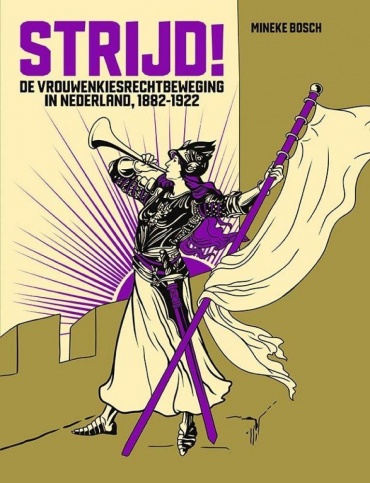
STRUGGLE!
100 Years of Women's Suffrage
View exhibition
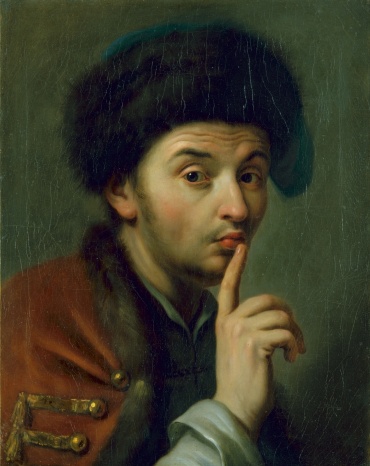
From Rembrandt to Canaletto
The Secret of Dresden
View exhibition
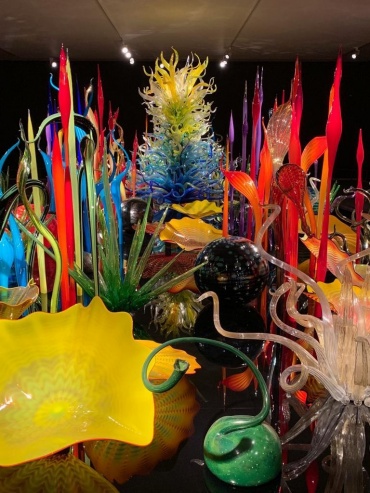
CHIHULY
Dale Chihuly
View Exhibition

Curated by Ai Weiwei, Feng Boyi, Mark Wilson
FUCK OFF 2
View exhibition
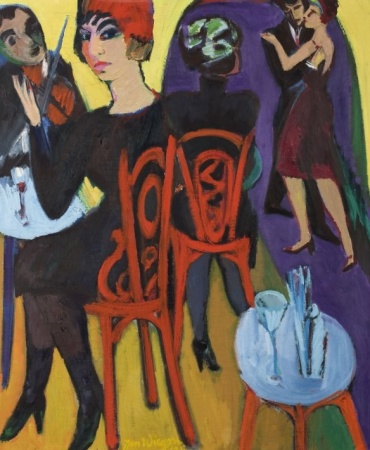
Avant-garde in Groningen
De Ploeg 1918-1928
View Exhibition

The World of Alessandro Mendini
Mondo Mendini
View Exhibition

By children for everyone
Children's Biennale
The Children's Biennale returs in 2024

Bittersweet Heritage
Black in Groningen
View exhibition

MEGALITH
Marit Westerhuis
Bekijk tentoonstelling
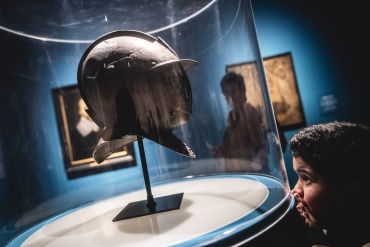
Stad houdt Stand
350 jaar Groningens Ontzet
Bekijk tentoonstelling